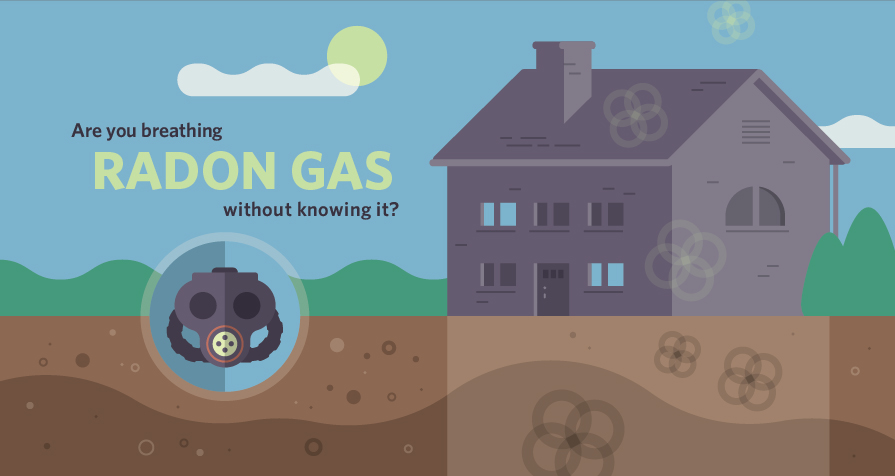
Unlike Carbon Monoxide, the Radon gas that may be present in your home has nothing to do with your furnace, fireplace or space heater. Radon gas is naturally present in all U.S. regions, but some areas have elevated radon levels due to a combination of several factors. The threat of exposure to elevated levels of radon is highest in winter months when many homes experience less airflow from open windows or doors.
Extended periods of exposure to radon gas can be harmful to you, your family or roommates. Learn how to monitor the presence of radon gas in your home, and what you can do about it:

These steps will help you to not only detect but also to address elevated levels of radon gas in the home. Radon-resistant features in the home can help to ward off future issues, but it’s important to understand that radon occurs naturally and should be monitored regularly.
To download a PDF of the infographic, please click here.
Read Next: Are You Breathing Radon Gas Without Knowing It?



